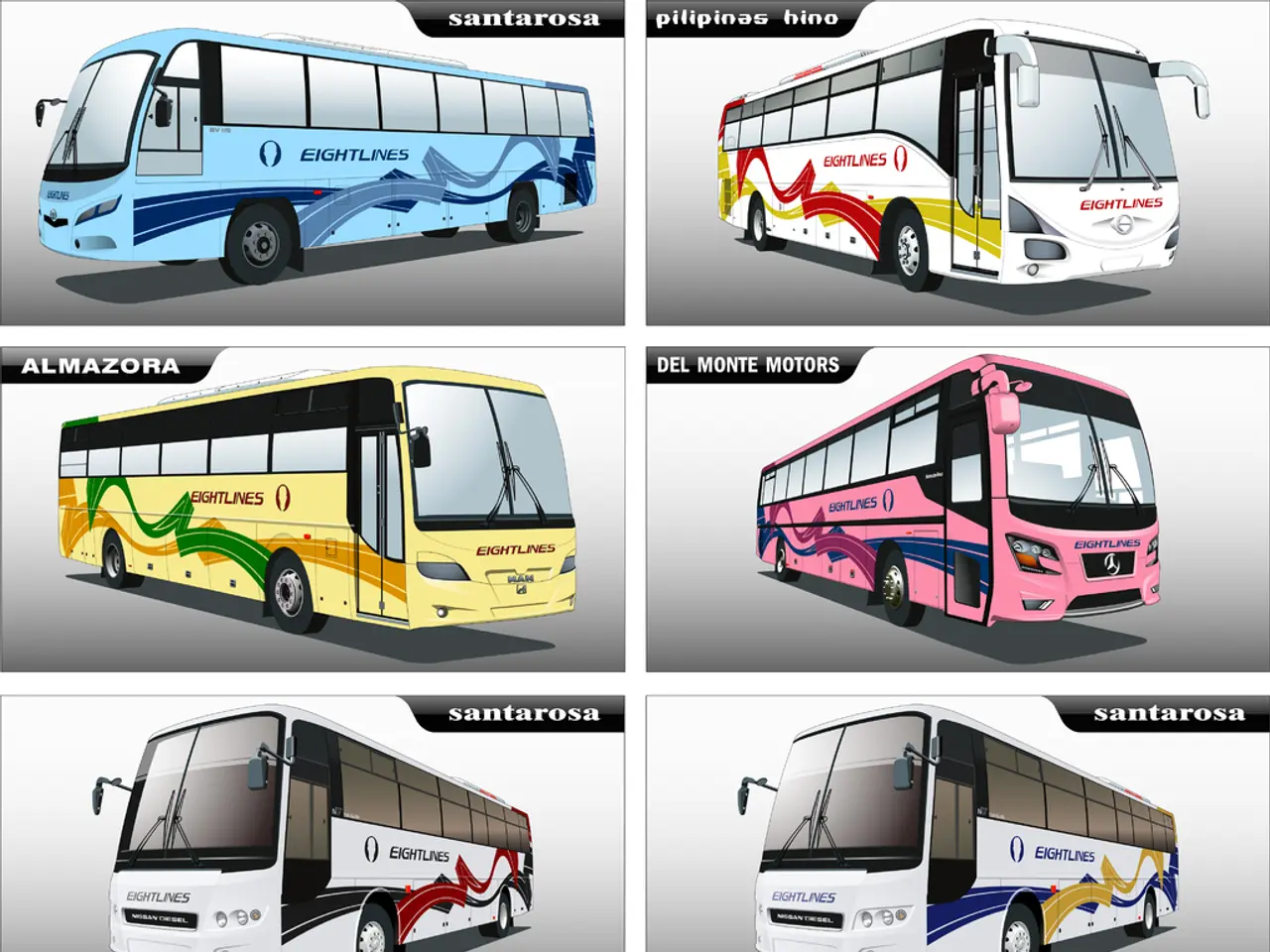Construction equipment at work: Large digger shifts earth - Large Excavator Transferring Tons of Soil with Shovel Wheel
A monumental feat of transport took place in Germany this week, as Mibrag, a leading mining company, moved a massive 940-tonne brown coal excavator from the Schleenhain mining field to the Peres mining field. The colossal machine, standing 18 meters high, traversed a federal road (B176) between Großstolpen and Neukieritzsch, necessitating a carefully planned and executed process.
The journey, which took place on Monday morning, required the closure of the B176 for safety reasons. Mibrag had promised to leave the road in a clean condition after the journey, ensuring minimal disruption to local residents and commuters. To protect the road surface, rubber mats and a thick layer of earth were used during the transport.
The process of moving such an enormous piece of machinery on a federal road involves a meticulous approach. Specialised transport equipment, often modular multi-axle trailers designed to carry extreme weights and distribute load evenly, are used. Authorities and transport planners conduct detailed route surveys to identify any weight limits, bridge capacities, road width restrictions, and overhead clearances along the federal road. Alternate routes may be considered to mitigate infrastructure damage.
Transporters must obtain special permits from federal road authorities for oversized and overweight loads. Coordination with police and traffic management is essential to arrange road closures or escorts. Depending on size constraints, partial disassembly of the excavator may be required for transport. Otherwise, it must be securely fastened to prevent any movement.
Traffic management is crucial during such transports. They usually occur during low-traffic hours or nighttime to minimise disruption. Escort vehicles and temporary signage warn other drivers about the heavy load. Load distribution, road condition checks, safety measures, and environmental considerations are paramount to ensure a safe and successful transport.
The excavator's journey to its final position in the open-pit mine will take a few more days. Spokesman Ingo Köcher reported that the journey went smoothly, and the road closure will be lifted on Thursday morning at 6.00 a.m. This strategic transport operation serves as a testament to Mibrag's commitment to safety, regulatory compliance, and infrastructure protection while undertaking large-scale mining operations in Germany.
[1] https://www.bmu.de/fileadmin/BMU/Redaktion/PDF/Publikationen/2020/Ueberfuhrung-groesser-Lastwagen-auf-Bundesstrassen.pdf [3] https://www.bmu.de/themen/verkehr/lastwagen-ueberfuhrung/ueberfuhrung-groesser-lastwagen-auf-bundesstrassen/
*This article is based on available information and standard industry practices for moving heavy mining equipment on public roads.*
Community aid could be crucial in providing financial support for the production of electricity, as the costs of moving such large machines for the energy industry can be substantial. In the context of energy policy, it is essential to consider the environmental impact of these operations and implement strategies that ensure a balance between industry needs and sustainability.




